Lack of social security support for the elderly
According to the General Statistics Office, Vietnam's population is aging faster than ever. Since 2011, when the population over 60 years old exceeded 10%, the country officially entered the "aging" phase. It is forecasted that by 2036, this rate will reach 20%. This process is happening faster than any other country in the region.
According to the latest statistics of the Department of Social Protection, Ministry of Health , with more than 16.5 million elderly people, of which about 2.6 million are 80 years old or older, the average life expectancy of Vietnamese people is 74.7 years but the number of healthy years is 65.4 years. This shows that the need for care of the elderly is very large.

The number of elderly people in Vietnam is increasing rapidly.
Although the number of elderly people is increasing, the care network is very thin. Data from the Department of Social Protection shows that the country currently has 218 elderly care facilities (79 public facilities, 134 private) caring for about 15,000 elderly people. A specialized medical network (geriatric hospitals) is also being formed.
Regarding this issue, a representative of the United Nations Development Program (UNDP) in Vietnam commented: "The current challenge is that the long-term care system for the elderly in Vietnam is not yet developed. The care needs of the elderly population are very high. Currently, nearly 99% of the elderly are being cared for at home. Very few people choose to be cared for at specialized facilities because of the high cost, only about 0.4% of the elderly are supported at the center."
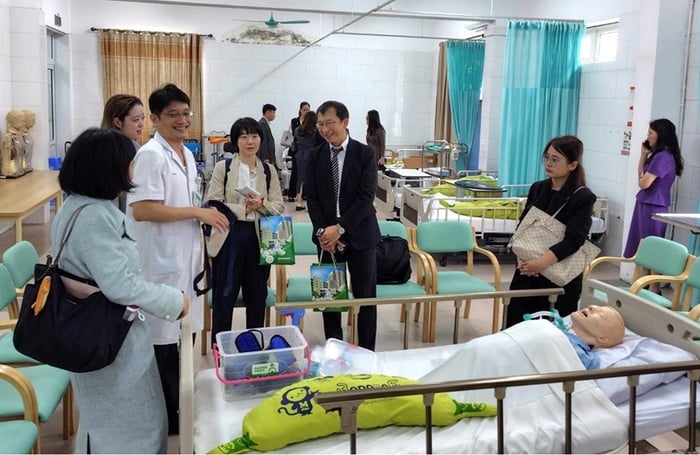
Elderly care facilities in Vietnam are still limited.
Dr. Mai Xuan Phuong, former Deputy Director of the Department of Communication and Education , General Department of Population, Ministry of Health, has repeatedly emphasized: "We have many kindergartens, but no old people's homes. The elderly need the care and attention of the whole society, because we still need the intelligence of these elderly people. It can be said that many elderly people in our country are falling into a state of loneliness and difficult life."
Solving the problem of "aging alone"
The "morning leave - afternoon return" model of boarding care for the elderly has brought about miraculous changes, turning the burden of illness and loneliness into motivation for life. Before "going to class" at Nhan Ai Daycare, the life of Mr. Dinh Vu, Hanoi, a Parkinson's patient, was a series of lonely and dangerous days.

Mr. Dinh Vu, Hanoi feels happy and healthy when participating in the boarding elderly care model.
"At home, I just wandered around watching TV. My children went to work, I was alone, always sad and lonely, my biggest worry was walking. I often walked forward, walking quickly and uncontrollably, I fell very hard, once hitting my face on the ground and breaking four teeth," Mr. Vu choked up when talking about those days.
Since his family decided to let him join the boarding care model for the elderly, his life has changed. Every morning, he is taken to the center by car and returned home in the afternoon. Here, he is monitored by nurses and guided through specialized rehabilitation exercises.
Ms. Mai Thanh has participated in the boarding service for the elderly for 3 years, she affectionately calls the center "The Club". "Before, I lived with my youngest son. All day long, my children and grandchildren were busy, I was home alone. It was so sad, I didn't know who to talk to, and there was no one to talk to. Since participating in the boarding service, I really like it here. It's been 3 years and I haven't missed a single session," Ms. Thanh recounted.
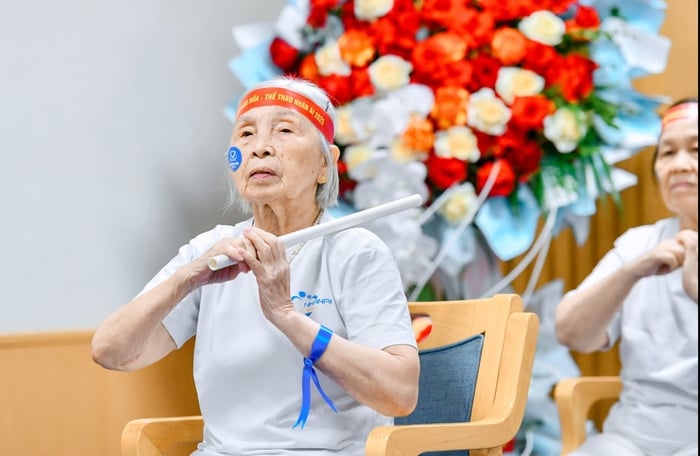
Ms. Mai Thanh, Hanoi actively participates in activities at the boarding elderly care model.
Not only in Hanoi, currently, semi-boarding care models have also appeared in Ho Chi Minh City, typically Genki House, with the philosophy of "morning go - afternoon return" and scientific care content, focusing on Nourishing Body - Mind - Spirit.
Ms. Kieu Oanh, Genki House representative, said: "This model is very suitable for urban life, where the elderly have difficulty finding a suitable entertainment and activity environment. In particular, Genki House helps relieve the psychology of not wanting to live in a nursing home, thereby maintaining family ties in the evening. The elderly are cared for with equipment from Japan, have a nutritionist and a drug-free therapy program to train memory."
Despite bringing numerous benefits to social security, the number of residential elderly care models like Nhan Ai Daycare or Genki House is still very limited and mainly concentrated in big cities.
According to Ms. Pham Thi Lan, Head of the Population and Development Group of the United Nations Population Fund: "In Vietnam, one of the main reasons for this situation is that the cost of this service is quite high compared to the average income of most elderly people."
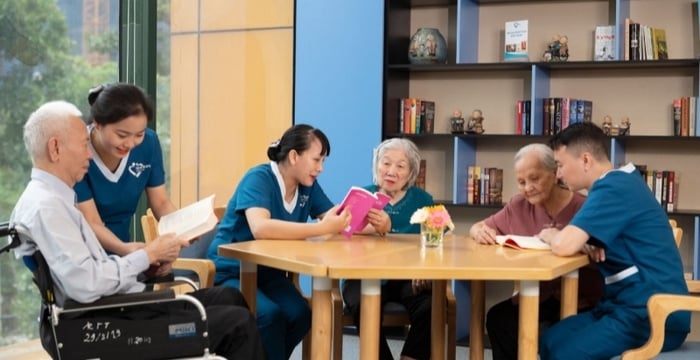
In Vietnam, residential care models for the elderly are mainly concentrated in big cities.
However, to build a standard boarding care service center, the investment is not small, the operating cost is also not small, so the service price usually fluctuates from 350-500 thousand VND/person/day. This situation leads to inequality in care.
While large urban areas have residential care services for the elderly, in rural and mountainous areas, where the majority of elderly people with low incomes are concentrated, specialized care services are almost non-existent. Given the reality of high costs and rapid population aging, this is a major challenge to ensure that all elderly people have access to services, exacerbating the medical and social burden.
In addition to costs, the shortage and standardization of human resources is also a major bottleneck. Day care requires a team of nurses, physical therapists and psychotherapists with specialized training in geriatrics, communication skills and understanding of the psychology of the elderly. Currently, centers have to train themselves or find high-quality human resources at high costs, making it difficult to replicate and ensure quality according to international standards.

The cost of care at boarding elderly care models currently ranges from 350,000 - 500,000 VND/person/day.
Need more social security policies for the elderly
The Draft Population Law is currently being reviewed by the National Assembly for comments. The draft has mentioned the issue of elderly care (Article 17: Support and care for the elderly), but according to the assessment of Ms. Pham Thi Lan, Head of the Population and Development Group of the United Nations Population Fund: "These regulations mainly stop at the general principles of responsibility of the family, community and the State, there is no mechanism for direct support from health insurance or social security for care services".
Ms. Lan also analyzed further: "This does not solve the problem of high service costs, which is the biggest barrier for the majority of elderly people. Not only that, but there is also a lack of detailed regulations on investment incentives for organizations and businesses that want to open this service, making it difficult to replicate the model and maintain quality according to international standards."
Regarding this issue, Ms. Kieu Oanh - representative of Genki House suggested: "We really need accompanying policies from the State. These could be programs to encourage elderly care services, training of specialized human resources with national standards or communication campaigns to raise public awareness. When there is coordination between businesses and the State, centers like Genki House will have a foundation for sustainable development, making a positive contribution to the social security ecosystem in the future."
Realizing this policy gap and the great benefits of the semi-boarding elderly care model, promoting the development of this service has become an issue of concern to many National Assembly deputies when the National Assembly discussed the Draft Population Law in groups on the afternoon of October 23.
Accordingly, National Assembly member Pham Van Hoa (Dong Thap) and National Assembly member Au Thi Mai (Tuyen Quang) proposed: The State needs to have policies to encourage individuals, organizations and businesses to invest in building elderly care centers, and at the same time implement socialization to reduce budget pressure.
In addition, delegates also affirmed the need for a cost support mechanism, such as applying a support mechanism from health insurance or social security for elderly care services (similar to Japan, where the elderly are covered for up to 90% of costs).

On November 7, the Department of Population held a press conference to provide information about the Draft Law on Population.
After receiving comments from National Assembly delegates at the group meeting, on the morning of November 7, at a press briefing, Dr. Nguyen Xuan Truong, Head of the Elderly Health Care Department, Department of Population, said: "It is expected that the Drafting Committee will consider making amendments to provide appropriate incentives on investment, credit and tax for facilities providing boarding care services for the elderly."
The acceptance and commitment of incentives on investment, credit and tax by the Drafting Committee of the Population Law is a welcome signal, showing that the semi-boarding care model is gradually being "strategized" at the national level. The success of this revision will open up opportunities to replicate this humane service, ensuring that all elderly people can access professional care, while maintaining the traditional family bond value of Vietnam.
Source: https://phunuvietnam.vn/nhieu-nha-tre-thieu-nha-gia-can-lap-day-khoang-trong-an-sinh-voi-nguoi-cao-tuoi-20251107181731921.htm


![[Photo] Cutting hills to make way for people to travel on route 14E that suffered landslides](https://vphoto.vietnam.vn/thumb/1200x675/vietnam/resource/IMAGE/2025/11/08/1762599969318_ndo_br_thiet-ke-chua-co-ten-2025-11-08t154639923-png.webp)





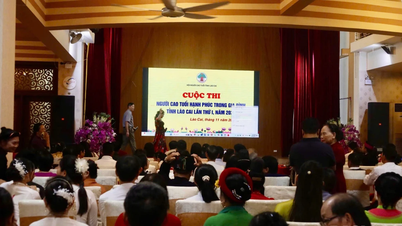





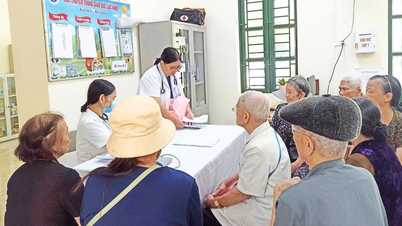
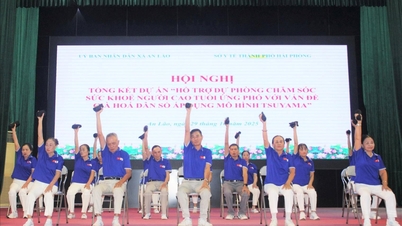


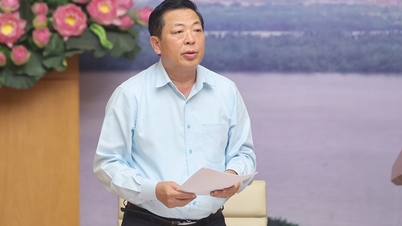



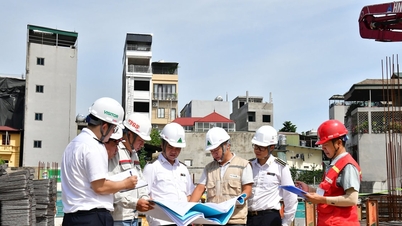









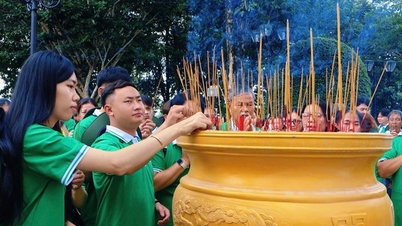











![[Video] Hue Monuments reopen to welcome visitors](https://vphoto.vietnam.vn/thumb/402x226/vietnam/resource/IMAGE/2025/11/05/1762301089171_dung01-05-43-09still013-jpg.webp)
















































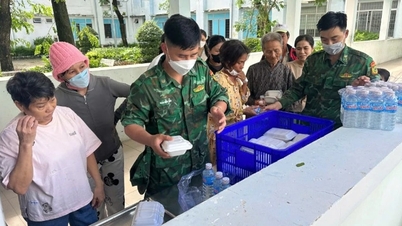














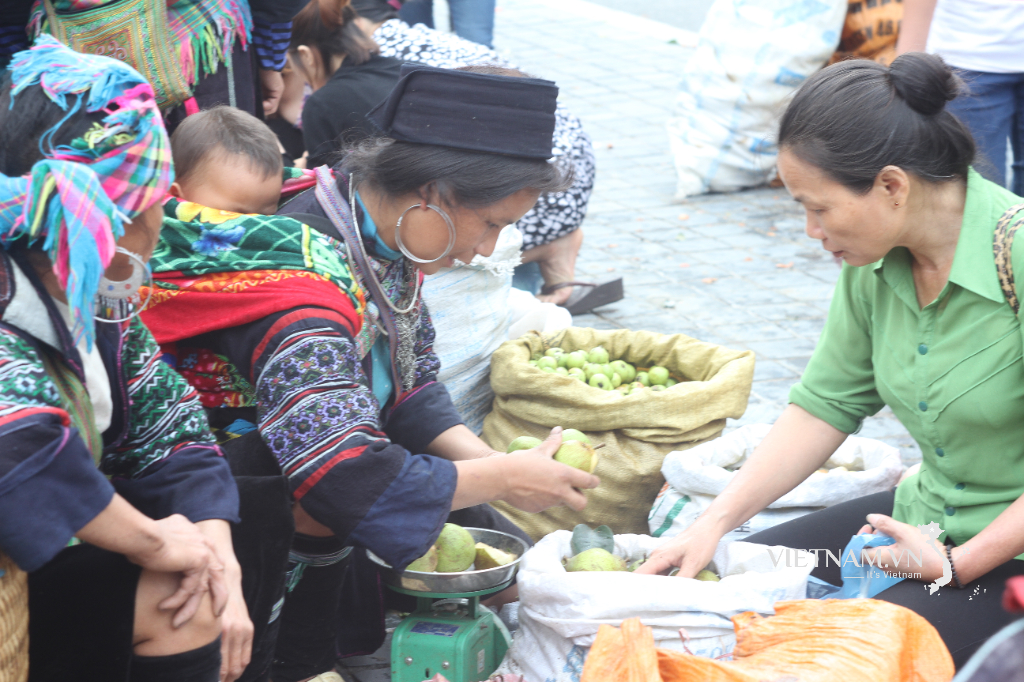
Comment (0)